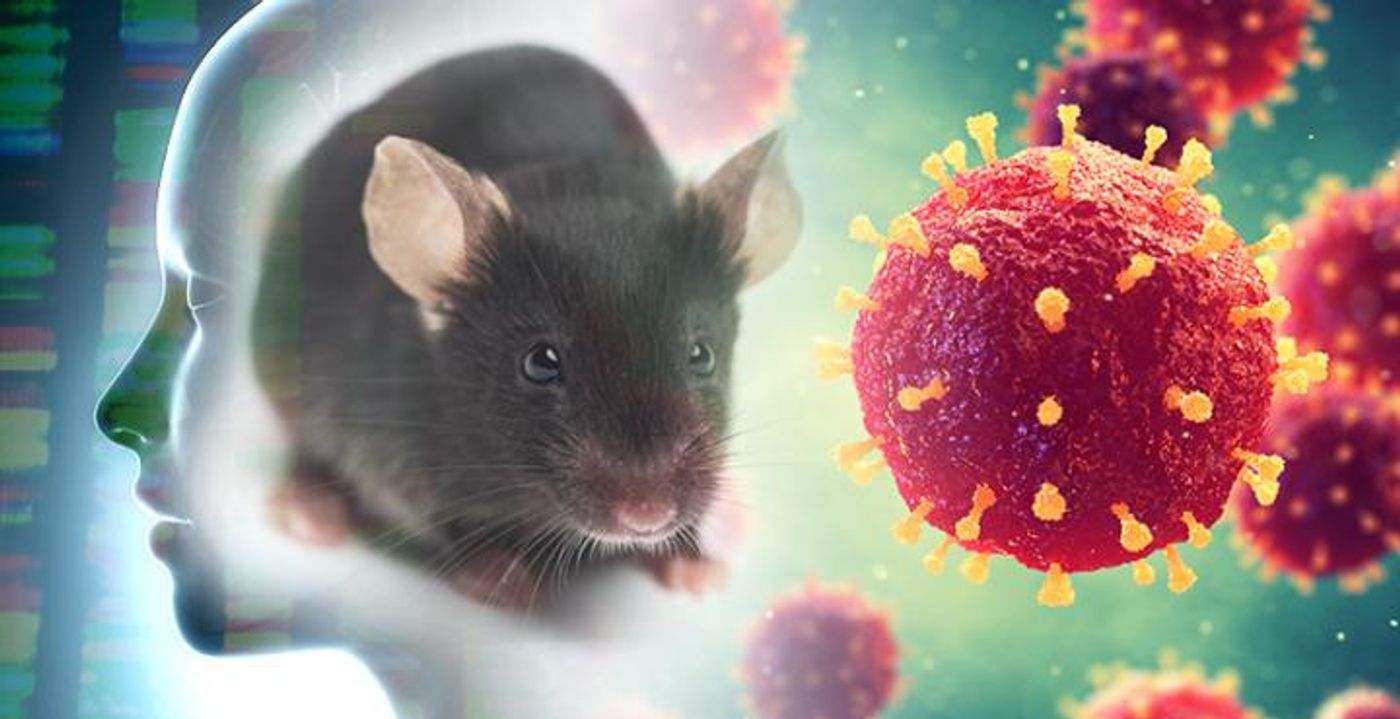Ranking the Importance of Genes to Find Rare Disease-Causing Mutations
A team of scientists has classified genes according to how necessary they are for the survival of an organism, and placed the information in a publicly-available database. It can now aid researchers that are trying to learn more about genetic mutations that cause rare childhood disorders. Finding the gene that is connected to a particular genetic disease has gotten far easier than it used to be thanks to computational tools and improvements in the quality, depth, and speed of genetic techniques. But for very rare mutations, it can still be a challenge.
In work reported in Nature Communications, researchers identified mutations that may be responsible for rare diseases affecting kids; they compared their data to mysterious genetic disorders that were found in the Deciphering Developmental Disorders (DDD) database and 100,000 Genomes Project. To categorize genes, the scientists also compared viability and phenotype data obtained using knockout mice in the International Mouse Phenotyping Consortium and human cell lines from the Broad Institute's Project Achilles.
"Loss of gene function is often referred to as a binary concept; lethal or viable," noted Violeta Muñoz-Fuentes, a biologist at EMBL-EBI. "In this study, we show that gene essentiality is more of a spectrum ranging from cellular lethal, developmental lethal, subviable, viable with a visible phenotype, and viable without a visible phenotype."
The scientists have categorized 3,819 genes in an open-access database so researchers and clinicians can learn from it. The loss-of-function categories are based on what happens to an organism when the gene is lost. They include: genes that are not required for the survival of an organism (viable), genes that cause a reduction in survival when lost (survivable), genes that are necessary for the development of an organism (developmental lethal), and genes that are essential for the viability of cells (cellular lethal).
"When you sequence a person's genome it's not always one mutation that stands out as altering a gene's function," said Terry Meehan, the Coordinator of Mouse Informatics at EMBL-EBI. "We currently don't have a handle on which genes are important for development and which have a minor impact."
"This study combines multiple sources of data from large scale projects to identify new candidate genes that, when mutated, are likely to have a causal relationship with rare human disorders," said Pilar Cacheiro, a Research Fellow at Queen Mary University of London. "Nearly six percent of the population are affected by these diseases during their lives."
Learn more about a patient with a rare disease in the video above. The video below describes how rare diseases can help us understand more about biology.
While gene sequencing technologies have gotten faster and cheaper, they don't always provide many answers for patients with very rare diseases. Whole-genome sequencing might reveal a mutation, but in a gene with an unknown function. This research may help clinicians and scientists learn more about rare diseases caused by previously unknown genetic mutations.
"Of particular interest for application to healthcare, we demonstrate that the set of genes that are essential for organism development is particularly associated with known human developmental disorders," said Damian Smedley, Reader in Computational Genomics at Queen Mary University of London. "This provides candidates for undiscovered causative genes for these conditions."
The open-access site GeneMatcher now contains several high-scoring candidates that were identified in this study, and the data is also available at the International Mouse Phenotyping Consortium.
Sources: AAAS/Eurekalert! via European Molecular Biology Laboratory - European Bioinformatics Institute, Nature Communications









